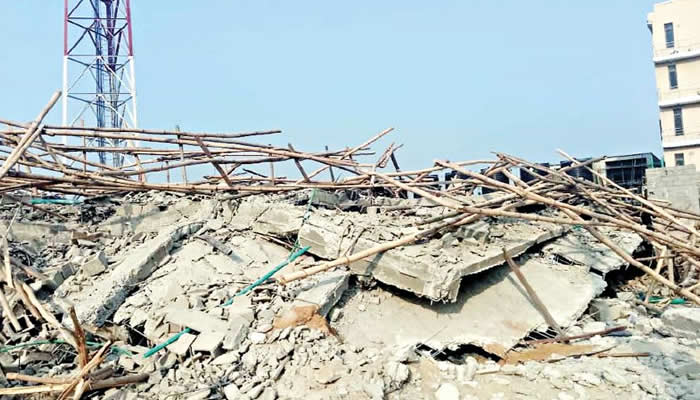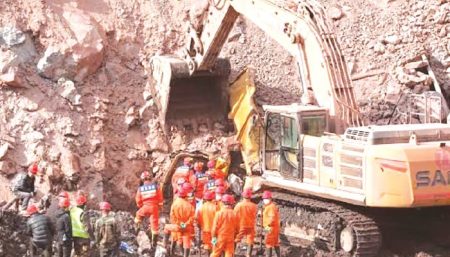The tragic collapse of a three-story building under construction in Ojodu, Lagos, in April 2025, serves as a stark reminder of the persistent challenges in ensuring building safety and the devastating consequences of neglecting preventative measures. The Building Collapse Prevention Guild (BCPG) has pointedly attributed this incident, which claimed seven lives and injured thirteen others, to the failure of the Lagos State House of Assembly to implement recommendations issued following a similar collapse in the same area twelve years prior. This recurring pattern of negligence underscores a systemic issue within the construction industry and regulatory oversight, highlighting the urgent need for proactive measures to prevent future tragedies.
The 2025 collapse, occurring between Good Friday and Easter Sunday, resonated deeply within the BCPG, particularly the Ojodu Cell. The incident was not merely a structural failure; it represented a failure of responsibility and a disregard for the safety of lives. The fact that the collapse was deemed preventable further amplified the sense of grief and frustration among guild members. The echo of the 2013 collapse, which involved a four-story building under construction that claimed one life, made the 2025 incident all the more disheartening. The similarities between the two collapses, including their proximity and underlying causes, suggest a pattern of insufficient action and a lack of learned lessons.
The BCPG, drawing upon its investigation of the 2013 collapse, had presented a series of recommendations to prevent future incidents. These included addressing the dangerous practice of occupying buildings under construction before obtaining a certificate of fitness for habitation. The 2013 building, owned by the Four Square Gospel Church, was being used for services even as additional stories were being added, highlighting the conflicting priorities of occupancy and ongoing construction. The guild emphasized the importance of assessing the structural integrity of buildings exposed to the elements for extended periods, especially before adding further loads. The weakening of reinforced concrete due to water absorption, compromising the tensile strength of steel reinforcement bars, was a key concern. The BCPG also stressed the need for revalidating construction permits for projects experiencing significant delays.
Another crucial recommendation from the BCPG was the need for structural integrity tests on adjacent buildings. This proactive measure aimed to identify potential vulnerabilities in neighboring structures, mitigating the risk of cascading collapses and further loss of life. The guild also underscored the critical role of competent professionals in every stage of building development. From design and planning to construction and oversight, the engagement of qualified individuals is essential to ensure adherence to safety standards and best practices. These recommendations, if implemented, could have significantly altered the course of events and potentially prevented the 2025 tragedy.
The BCPG’s response to the 2025 collapse goes beyond expressing sorrow and assigning blame. They have called for a thorough investigation of the incident by the Lagos State House of Assembly. This investigation should not be limited to the immediate circumstances of the collapse but should extend to a broader assessment of construction practices and regulatory oversight. The guild has also urged the Assembly to establish a committee to examine the current state of collapsed building sites in Ojodu and across Lagos State. This proactive approach aims to identify potential hazards and prevent future collapses by addressing underlying structural issues and ensuring compliance with building codes. The BCPG has offered to provide the Assembly with a comprehensive list of collapsed building locations in Lagos State, demonstrating their commitment to transparency and collaboration.
The repeated occurrences of building collapses in Lagos State underscore the need for a fundamental shift in approach. The focus must move from reactive measures, taken after tragedy has struck, to proactive strategies that prioritize prevention. This requires a multi-pronged approach that includes strengthening regulatory oversight, enforcing existing building codes, enhancing the training and certification of construction professionals, and promoting a culture of safety within the industry. The BCPG’s recommendations, grounded in their expertise and experience, offer a valuable roadmap for achieving this goal. The implementation of these recommendations is not merely a matter of policy but a moral imperative to protect lives and ensure the safety and well-being of communities. The cost of inaction is measured in human lives, a price too high to pay.














